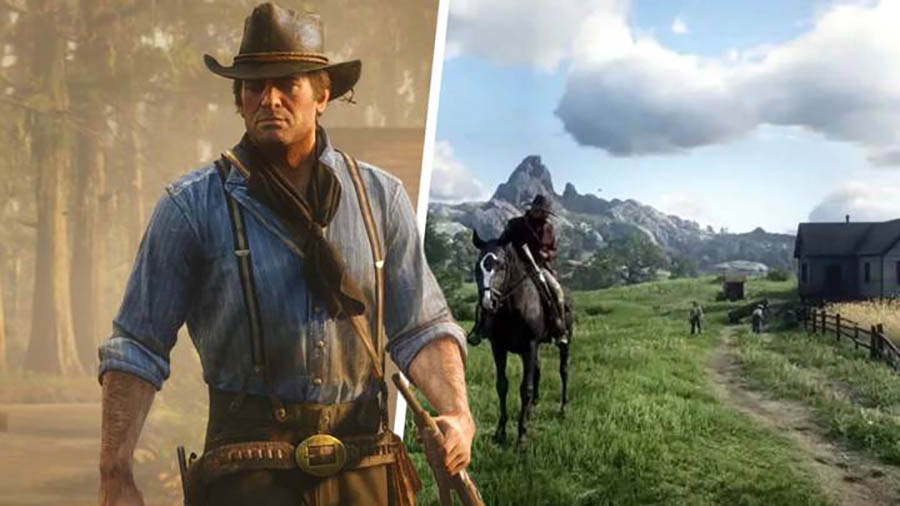Narrative design: Central to immersion in video games
 CREDIT: ROCKSTAR GAMES
CREDIT: ROCKSTAR GAMESThe Red Dead Redemption series serves as a great example of narrative design as it takes a spin on historical fiction from the lens of a Shakespearean tragedy.
What purpose does story serve in a video game? Narrative design serves as a playground for writers to explore and experiment with different themes within stories. From the player’s perspective, narrative design enhances the story and gives the consumer a unique experience while building a personal liking to the lore.
In movies and TV shows, the plot is what keeps the audience engaged with the characters and the action. It’s the fuel that keeps people wondering what’s going to happen in the next episode, it’s what gets conversations going.
In video games, narrative design has a huge role in the gaming experience, especially within single player games. Fans are always looking forward to seeing what plot twists and easter eggs they’ll come across when playing through a game for the first time.
An aspect like character development throughout the story builds a connection between the player and the person they’re assuming in the story. When Star Wars: Jedi Fallen Order released back in 2019, I was ecstatic as it was the first single player Star Wars game to be released in a while.
Playing through the game, I built a liking to the main character Cal Kestis, as I found him quite relatable as the quirky, enthusiastic 19-year-old I was at the time of the game’s release. By the time of the release of the sequel, Jedi: Survivor, Kestis’ character evolved into a more serious and somber version of himself.
As a player, seeing him in that state compared to who he was in the previous game took things to a new level from a narrative standpoint. It gives the story of the sequel a more serious and emotional tone when playing through it.
In open world games, there are many forms of storytelling. The Red Dead Redemption series serves as a great example of narrative design as it takes a spin on historical fiction from the lens of a Shakespearean tragedy.
The game is a period piece set at the turn of the 20th century. The game implements prejudices like racism and sexism within the story and the world. Many of the game’s quests serve as parables, as they involve the main character in the forefront, like a mission where the player helps women protest for the right to vote.
Beyond the fun of being a gunslinger in the American Wild West, it teaches the players the history of what was once the reality of society in America.
Through the medium of video games, the story creates a more compelling experience. Rather than sitting and watching with your eyes, you need to progress yourself to get further in the story, making the experience unforgettable.
Editorial opinions or comments expressed in this online edition of Interrobang newspaper reflect the views of the writer and are not those of the Interrobang or the Fanshawe Student Union. The Interrobang is published weekly by the Fanshawe Student Union at 1001 Fanshawe College Blvd., P.O. Box 7005, London, Ontario, N5Y 5R6 and distributed through the Fanshawe College community. Letters to the editor are welcome. All letters are subject to editing and should be emailed. All letters must be accompanied by contact information. Letters can also be submitted online by clicking here.
















